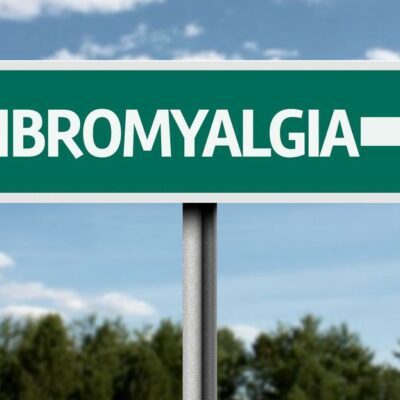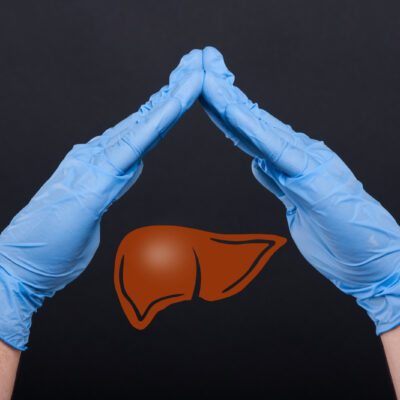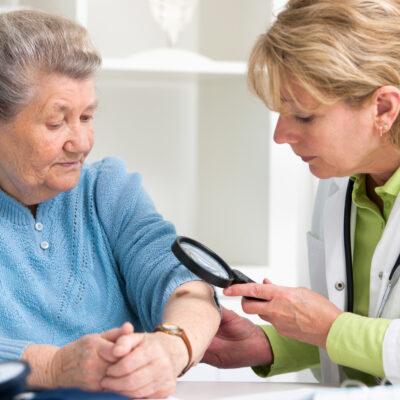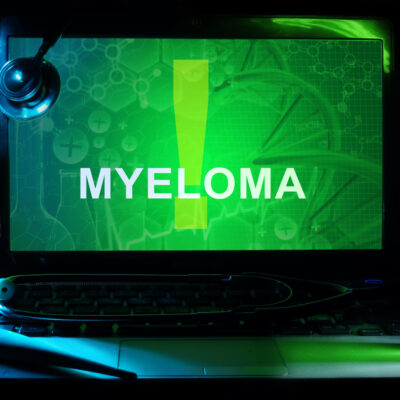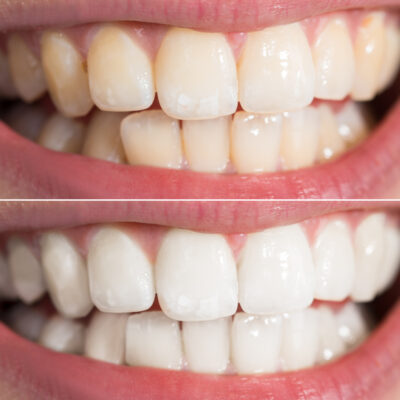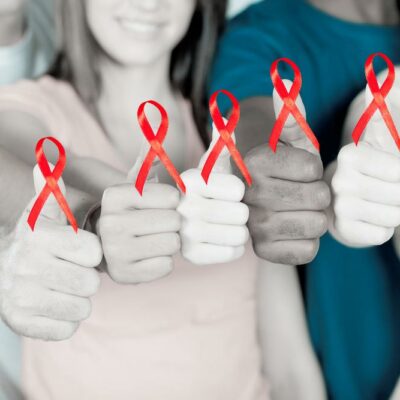
Health
Effective Ways to Manage HIV
If you have been diagnosed with HIV, then you need to take extra caution of your surroundings along with yourself. Should you stop leading a normal life, stay indoors, and follow a special diet? The truth is that when you are HIV-positive, there are things that you must change in your everyday diet and lifestyle. The medications you take and the symptoms of this syndrome call for lifestyle changes. For instance, you are likely to experience sudden, dramatic weight loss, diarrhea, or infections. Changes in diet or exercise can help manage them. Here are some lifestyle tips for AIDS/HIV you can follow, to make your life easier: 1. Healthy diet You can improve your quality of life when you give your body the nutrients it needs to battle this condition. So, regardless of what the HIV status is, you must conform to a healthy eating plan. It will help you manage the symptoms better, and you will also be able to sustain a healthy weight. A good diet also helps the body to absorb medications and manage possible side-effects. 2. Physical activity Besides following a good diet plan, you need to work out regularly. Exercise has many benefits. It can help you maintain overall physical and emotional wellbeing.
Read More 
